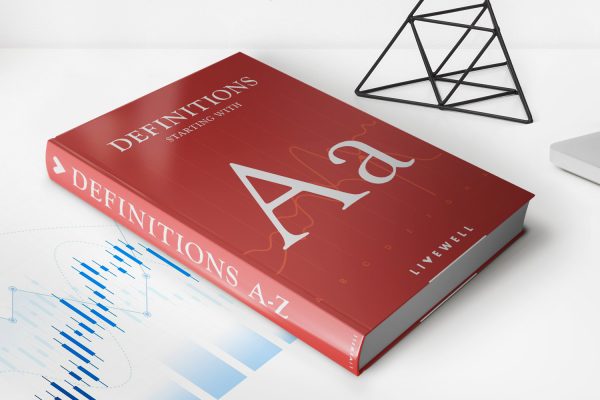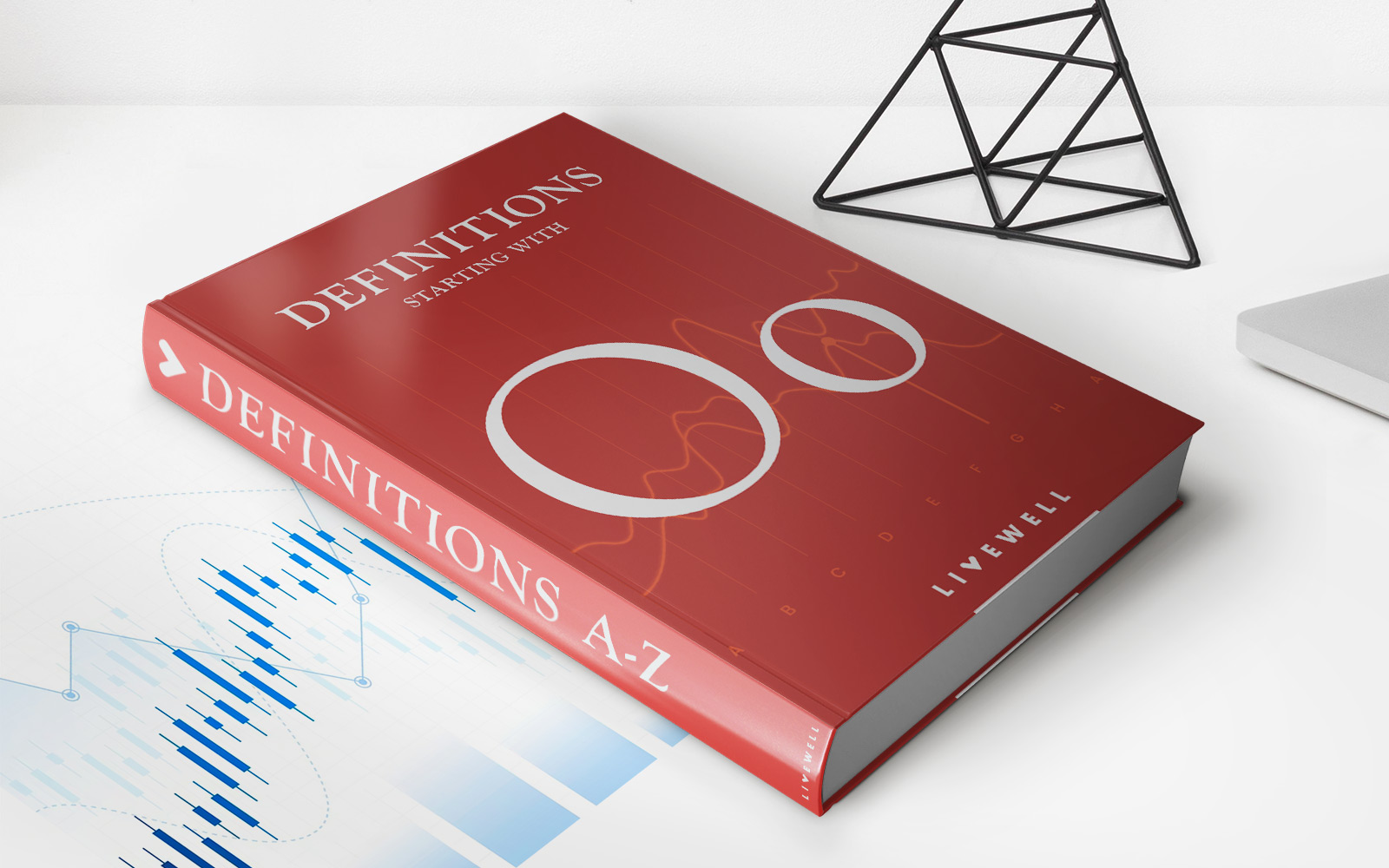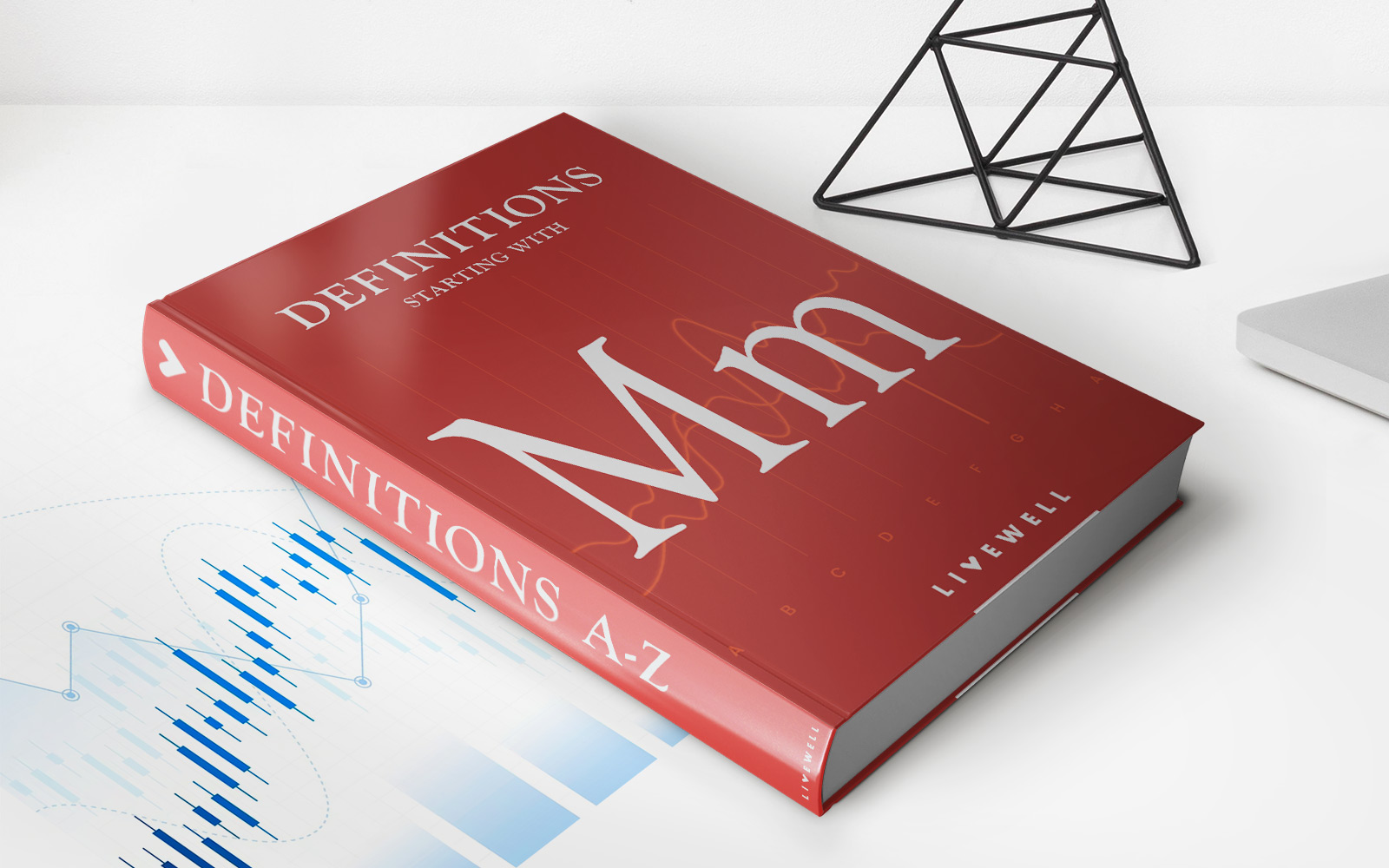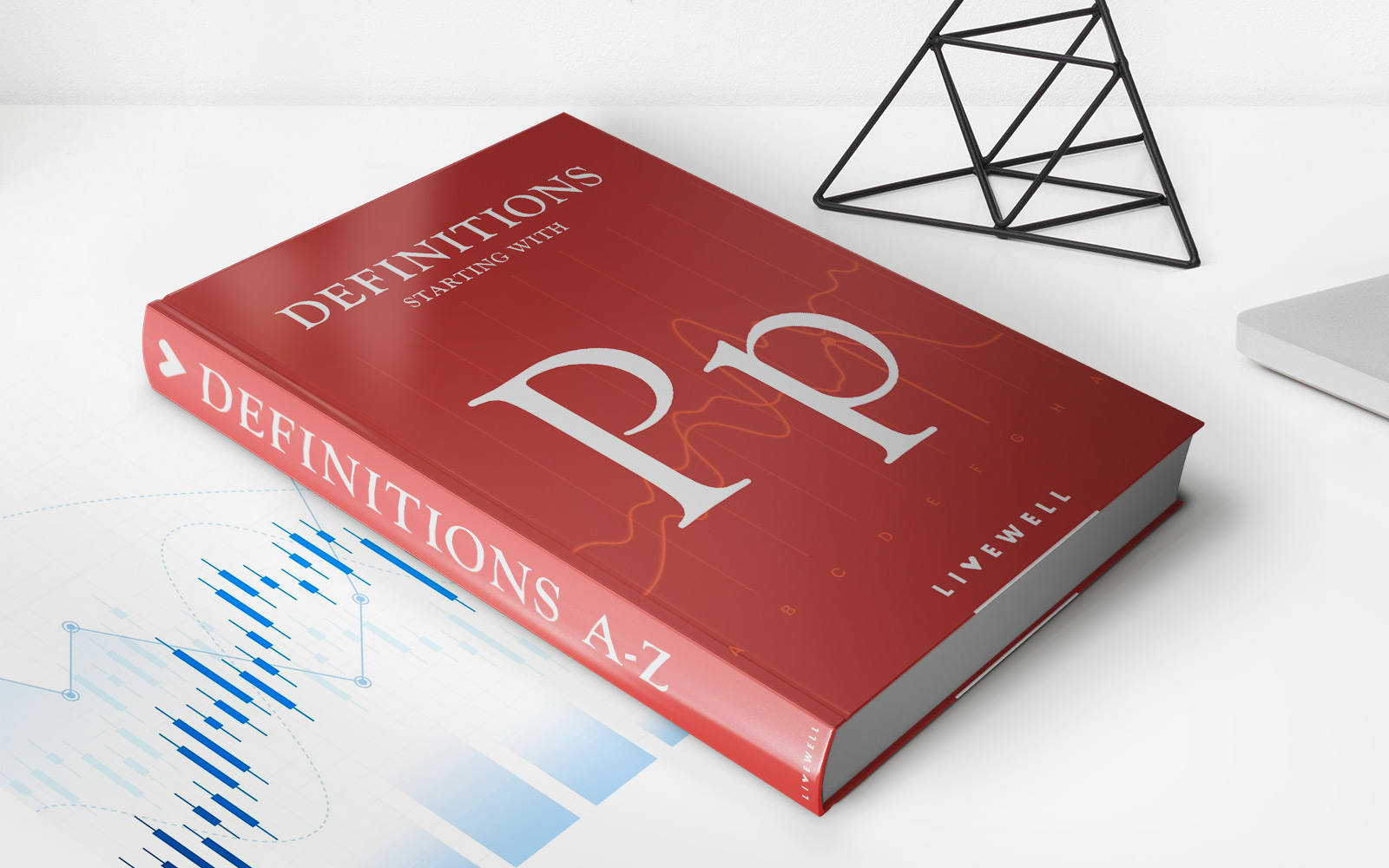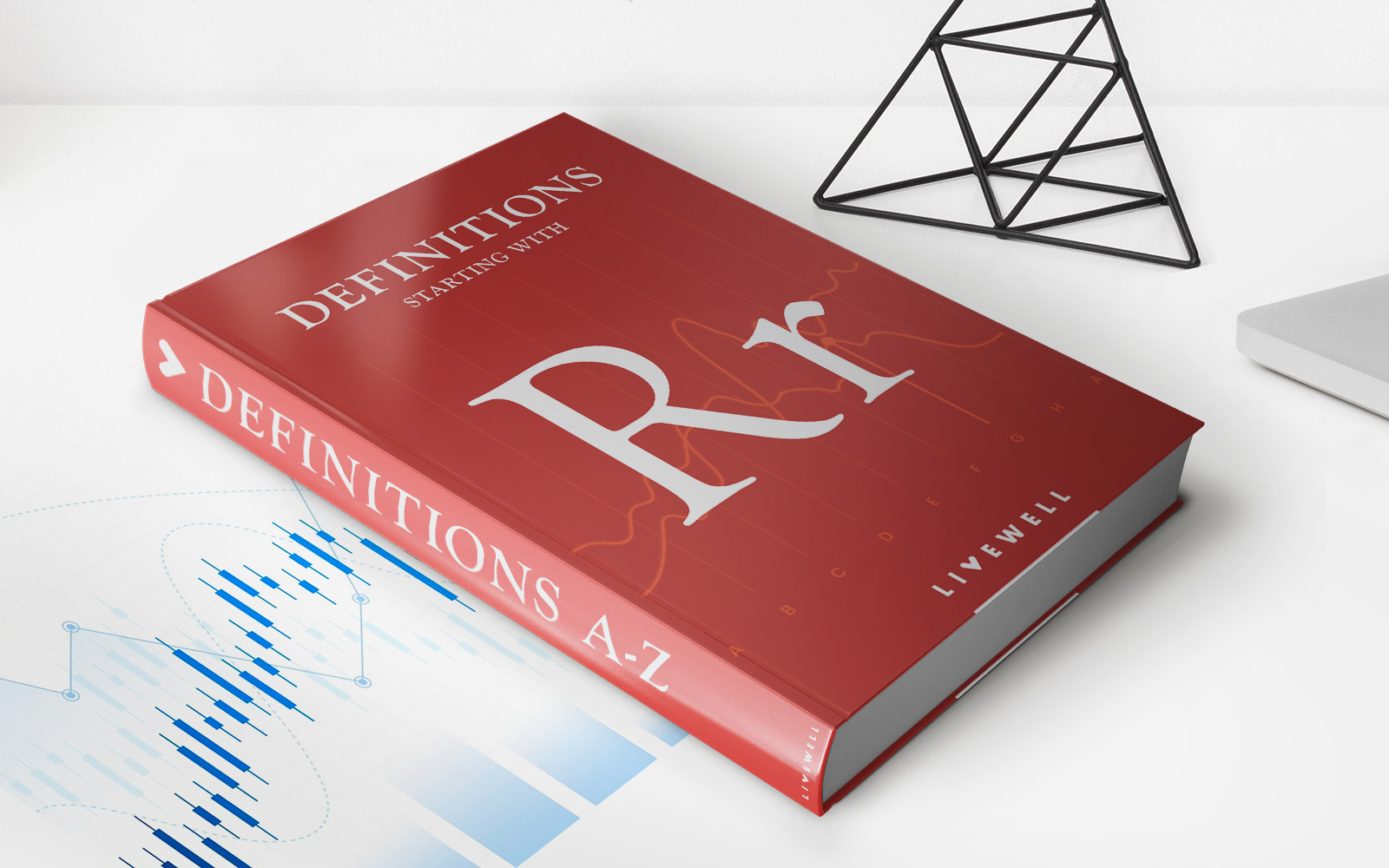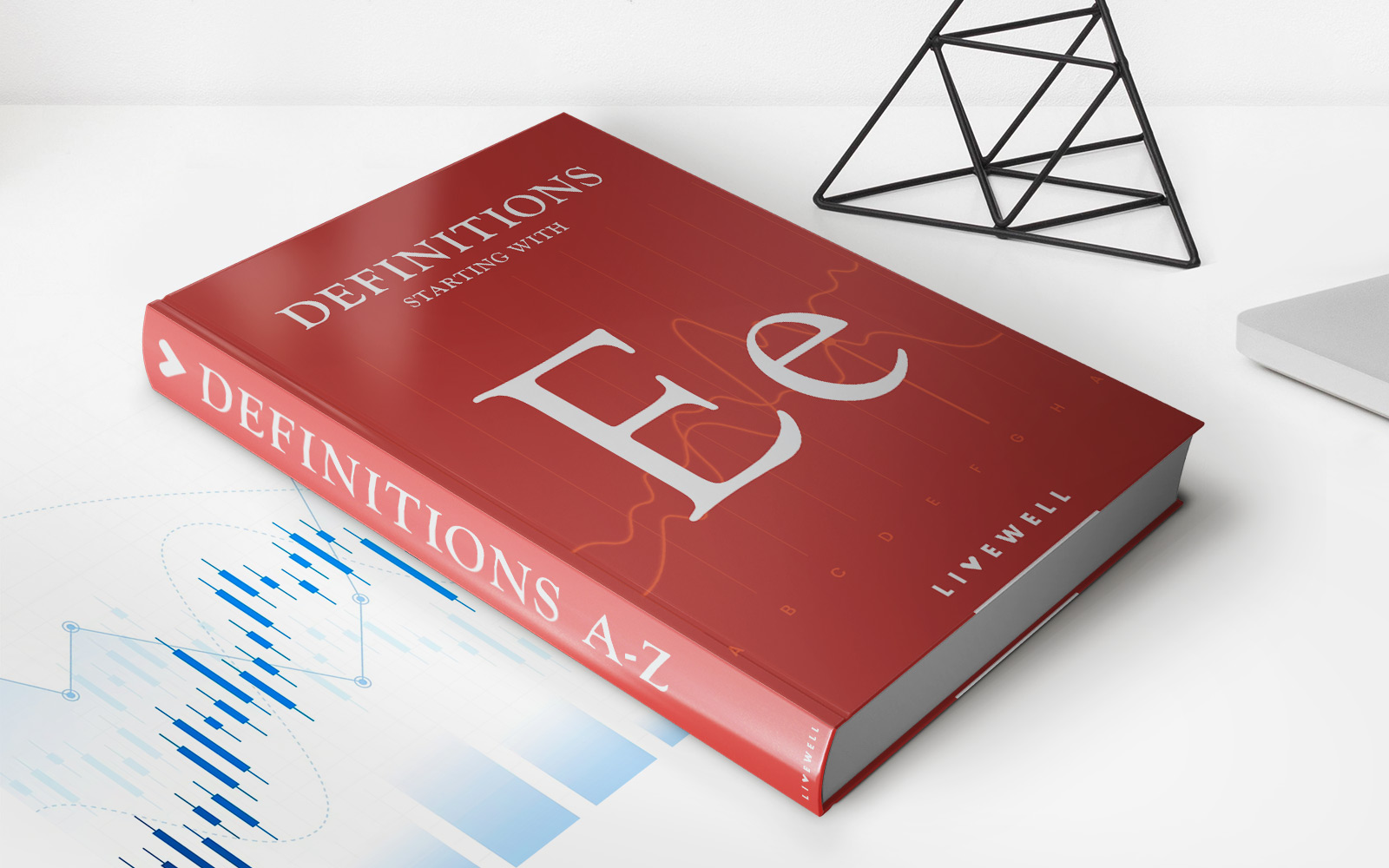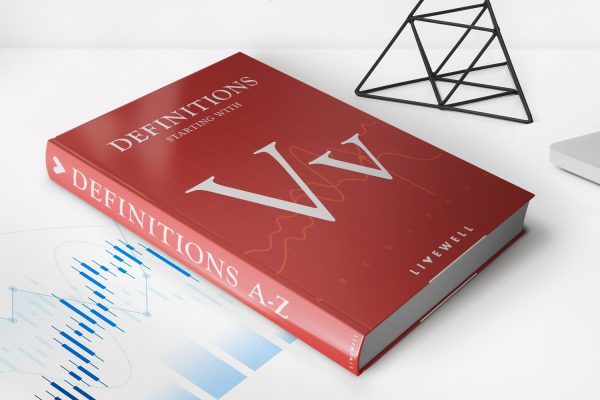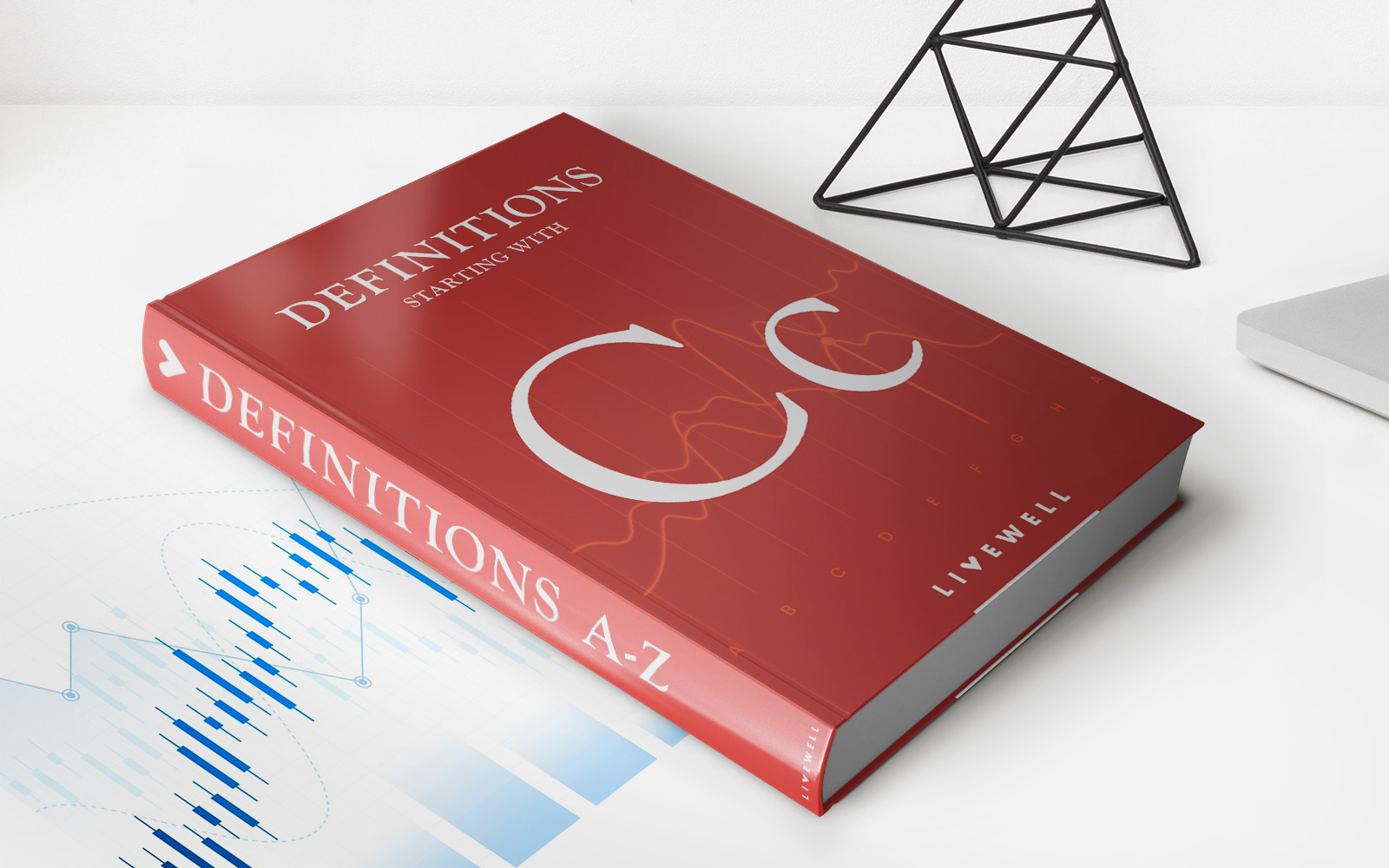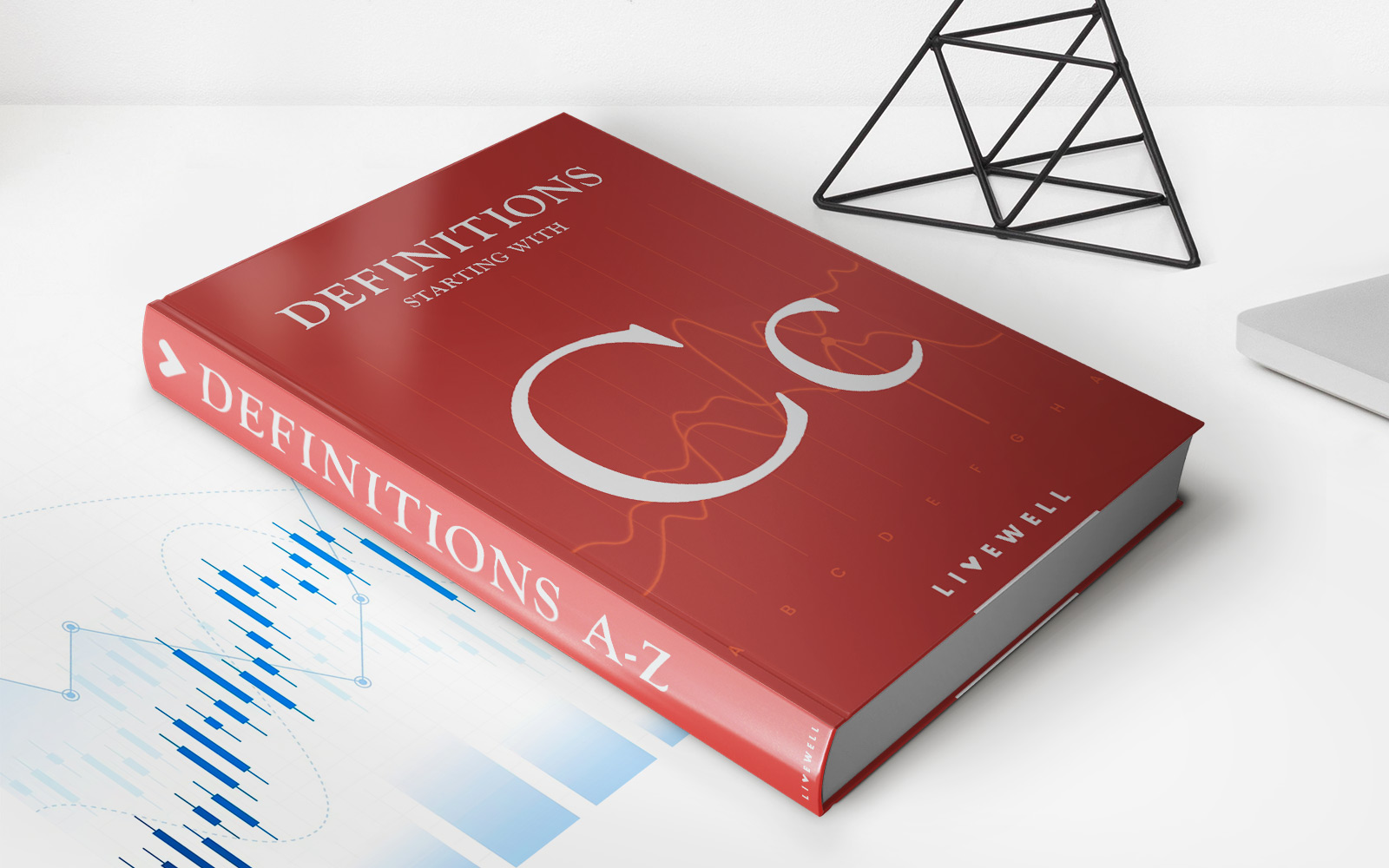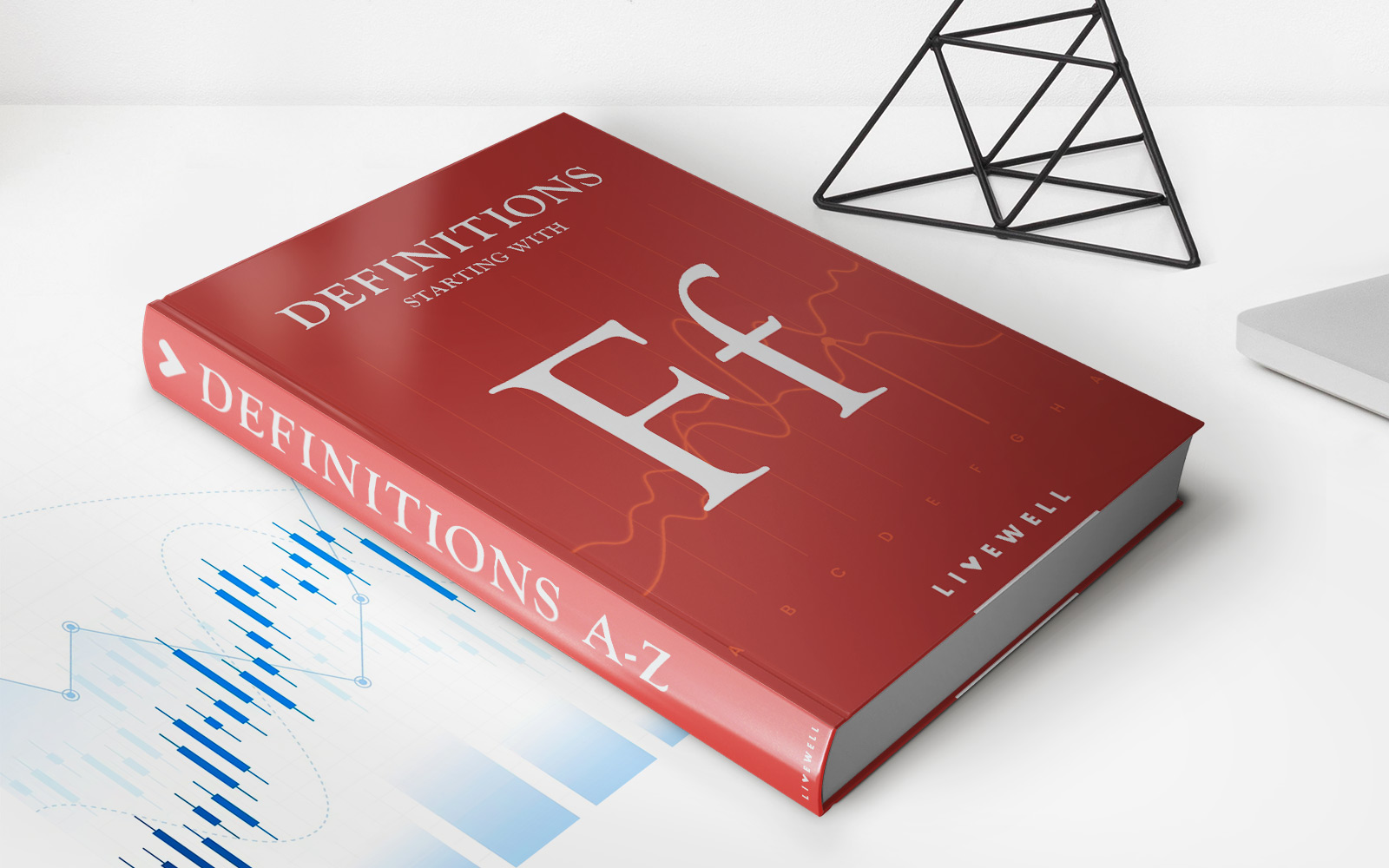Home>Finance>Keogh Plan: Definition, Types, Advantages & Disadvantages
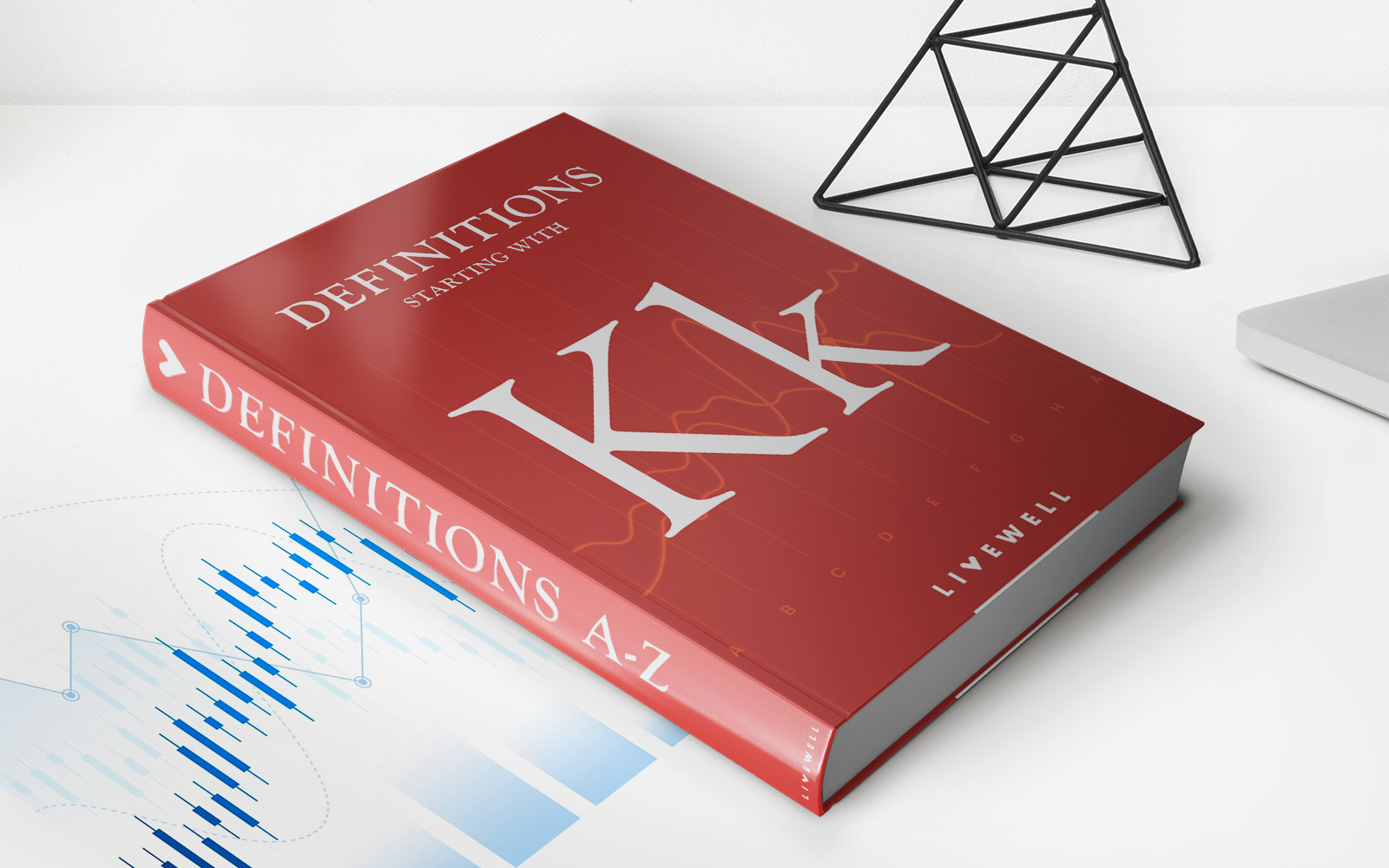

Finance
Keogh Plan: Definition, Types, Advantages & Disadvantages
Published: December 15, 2023
Discover the definition, types, advantages, and disadvantages of the Keogh Plan in finance. Plan for your future with this comprehensive guide.
(Many of the links in this article redirect to a specific reviewed product. Your purchase of these products through affiliate links helps to generate commission for LiveWell, at no extra cost. Learn more)
Exploring the Keogh Plan: Definition, Types, Advantages & Disadvantages
When planning for a secure financial future, individuals often seek different investment options and strategies. One such option is the Keogh Plan, which offers specific tax advantages for self-employed individuals and small business owners. In this article, we will delve into the definition, types, advantages, and disadvantages of Keogh Plans, helping readers better understand this financial tool and explore whether it may be beneficial for their own retirement planning.
Key Takeaways:
- A Keogh Plan is a tax-advantaged retirement savings plan designed for self-employed individuals and small business owners.
- Keogh Plans come in two types: defined-contribution plans and defined-benefit plans.
What is a Keogh Plan?
A Keogh Plan, named after the U.S. Representative Eugene James Keogh who sponsored the legislation, is a retirement savings plan specifically created for self-employed individuals and small business owners. It offers tax advantages similar to those of 401(k) plans or Individual Retirement Accounts (IRAs), providing opportunities for individuals to save for retirement while reducing their taxable income.
Keogh Plans, also recognized as HR-10 plans, allow self-employed individuals and small business owners to contribute a certain percentage of their income into a tax-advantaged retirement account. These contributions can be deducted from taxable income, providing potential tax savings and the opportunity for future growth within the plan.
Types of Keogh Plans
Keogh Plans come in two primary types: defined-contribution plans and defined-benefit plans.
1. Defined-Contribution Plans:
Under a defined-contribution Keogh Plan, the contributions made by the plan owner are defined, but the eventual retirement benefits are not predetermined. The amount contributed each year is determined by the individual or business owner. This type of plan allows for flexibility and control over contributions and investment choices. Examples of defined-contribution Keogh Plans include money-purchase plans and profit-sharing plans.
2. Defined-Benefit Plans:
Defined-benefit Keogh Plans, on the other hand, provide fixed retirement benefits based on a predetermined formula, such as the employee’s years of service and salary level. These plans require actuarial calculations to determine the annual contribution limits, and contributions are typically higher than those of defined-contribution plans. Defined-benefit Keogh Plans can be advantageous for individuals who have higher retirement income goals and want the assurance of a specific retirement benefit.
Advantages of Keogh Plans
Now let’s examine some of the advantages associated with Keogh Plans:
- Tax Benefits: One of the key advantages of Keogh Plans is the opportunity for tax savings. Contributions to Keogh Plans are generally tax-deductible, reducing the individual’s taxable income for the year. Additionally, any earnings within the plan are tax-deferred until withdrawal, allowing the potential for tax-free growth over time.
- Higher Contribution Limits: Keogh Plans often facilitate higher contribution limits compared to other retirement savings options such as IRAs. This allows individuals to save more for retirement, potentially accumulating a more significant nest egg to support their post-retirement lifestyle.
- Flexible Investment Options: Keogh Plans provide the flexibility to choose from a wide range of investment options, including stocks, bonds, mutual funds, and real estate. This flexibility allows individuals to tailor their investment strategy to their risk tolerance and financial goals.
Disadvantages of Keogh Plans
While Keogh Plans offer several advantages, it’s important to consider the potential disadvantages as well:
- Complex Setup: Establishing a Keogh Plan can involve more administrative complexity compared to other retirement savings options. This complexity may require professional assistance from accountants or financial advisors, resulting in additional fees.
- Contributions Required: Unlike some retirement plans, Keogh Plans necessitate annual contributions, which may not be ideal for individuals or small businesses with fluctuating income streams.
- Stringent Withdrawal Rules: Keogh Plans have specific rules surrounding withdrawals and early distributions. Withdrawals made before the age of 59 ½ are subject to income tax and may incur penalties.
In Conclusion
Keogh Plans can be a valuable tool for self-employed individuals and small business owners looking to optimize their retirement savings and reduce their tax burden. By understanding the different types, advantages, and disadvantages of Keogh Plans, individuals can make informed decisions that align with their unique financial situations and long-term goals. Remember, consulting with a financial professional is often recommended to ensure the most suitable retirement plan is chosen, considering individual circumstances and objectives.
